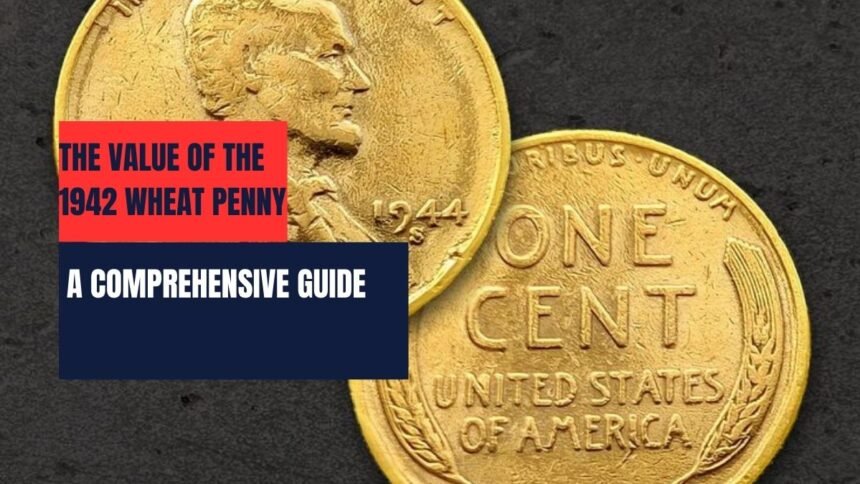The United States produced wheat pennies, sometimes referred to as Lincoln pennies, from 1909 and 1958. Since these coins have become more and more popular among collectors over the years, many people are curious about the wheat pennies’ annual worth. Collectors who want to properly determine the value of their coins must comprehend how the value varies from year to year.
What Are Wheat Pennies?
Victor David Brenner’s design, which features Abraham Lincoln on the obverse and two wheat stalks on the reverse, is featured on wheat pennies. Depending on the particulars of each coin, this timeless design might have a variety of prices because it was manufactured in different years and mint sites.
Factors Influencing the Value of Wheat Pennies by Year
- Mint Mark: The coin’s mint mark identifies its manufacturing location. Wheat pennies are identified by three mint marks: “P” for Philadelphia, “D” for Denver, and “S” for San Francisco. Certain mints may produce fewer coins, which makes them rarer and more expensive.
- Year of Minting: There can be significant variations in the value of wheat pennies from year to year. Due to their scarcity, some years—like 1909-S V.D.B. and 1922—are extremely sought after, while others are rather common.
- Condition and Grading: The coin’s value is greatly influenced by its condition. Coins are ranked from Mint State (70) to Poor (1). Compared to a lower-grade coin from a rare year, a high-grade coin from a common year could be worth more.
- Demand and Scarcity: These two factors frequently determine the wheat penny collector’s market. The market value of certain years and types may be positively impacted by increased demand.
Breakdown of the Value of Wheat Pennies by Year
Although there can be significant variations in the value of wheat pennies by year, the following provides a broad summary of noteworthy years:
- Due to its limited production, the 1909-S V.D.B. is extremely rare and sometimes fetches over $1,500 in good condition.
- 1922 Rare, usually worth at least $1,000, is the absence of a mint mark.
- 1931-S: Priced at up to $150, this item is renowned for being rare.
- 1943 Steel Penny: Despite not being a wheat penny by design, they may be worth several hundred dollars and are frequently grouped because of their special conditions.
- 1955 Double Die: Extremely rare; premium examples may fetch over $1,500.
Unless they are uncommon or in very good condition, most other wheat pennies, particularly those struck in the 1940s or 1950s, are worth between two cents and $1.
How to Determine the Value of Your Wheat Pennies by Year
To determine the precise worth of the wheat pennies in your collection by year:
- Determine the Mint Mark and Year: This information is essential for reducing the possible value.
- Examine the Condition: Examine your coins using a coin grading guide.
- Investigate Comparable Sales: To find out what comparable coins are selling for, consult price catalogs, numismatic guides, and online auction results.
A variety of characteristics, including as mint mark, quality, demand, and rarity, influence the value of wheat pennies by year. Understanding how to determine the worth of wheat pennies by year is a crucial ability that may improve your collecting experience and possibly result in fruitful discoveries, regardless of your level of knowledge.





